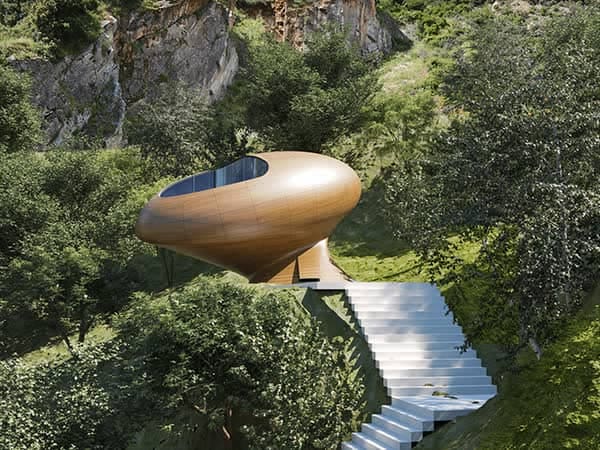Green architecture is a way to reduce the negative effects of built structures on their surrounding environment. It is a philosophy that draws on the environment as an inspiration to deliver low-impact, adaptable and healthy spaces. Green buildings are created according to this thinking. It is designed, built, and operated with a focus on energy conservation, eco-friendly/recycled materials, and the preservation of the region’s biodiversity. Examples include solar panels, commercial toilet composting, and rainwater harvesting. Once established, tenants play their part in minimizing the use of energy, water, and public resources within the structure. Each group plays an important role in making the building more environmentally friendly.
There is no one way to create a green building. Any building, be it a home, an office, a school, or any other building, can be a green building if it is built with these features:
- Effective use of energy, water, space, and other resources
- Use of renewable energy such as solar energy
- Actions to reduce pollution and waste, and enable reuse and recycling
- Good indoor air quality
- Using non-toxic, ethical, and sustainable materials
- Considering the environment in design, construction, and operation
- Considering the quality of life of passengers in the design, construction, and operation
- Design that adapts to a changing environment
When the built environment is truly in sync with its natural environment, it can effectively renew life. To achieve this kind of success on a larger scale, individuals and industry groups will need to collaborate to improve and devise effective programmers. In terms of energy efficiency, for example, it is true that there are conflicting opinions about whether some programs (such as LEED certification) are comprehensive enough to make an impact. Several studies show that LEED-certified buildings use 25% less energy, but others assert that usage habits can reduce or eliminate these savings. In addition to calls for more performance-based data, LEED has bypassed complaints about high initial costs and lengthy application processes.
Regardless, it is clear that recent green architecture initiatives have rallied the masses around the idea of environmentally responsible building. The sheer scale of a program like LEED has increased consumer pressure, paving the way for the development of stricter standards in the future. Without that momentum, things like eco-friendly paints and appliances likely wouldn’t be available at every Home Depot.
Green buildings also offer ‘common benefits’ that improve the health and happiness of their occupants and the surrounding community. Some co-benefits (such as increased natural light) can reap economic benefits by lowering operating costs and increasing employee productivity. A Harvard study showed that the climate and health benefits are roughly equivalent to the energy savings of green buildings in the United States. In other words, green buildings can actually reduce hospitalizations by reducing things like asthma exacerbations.

